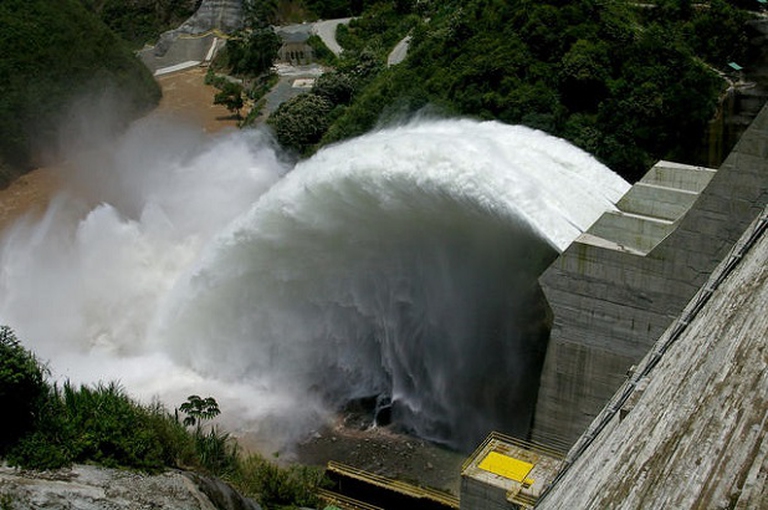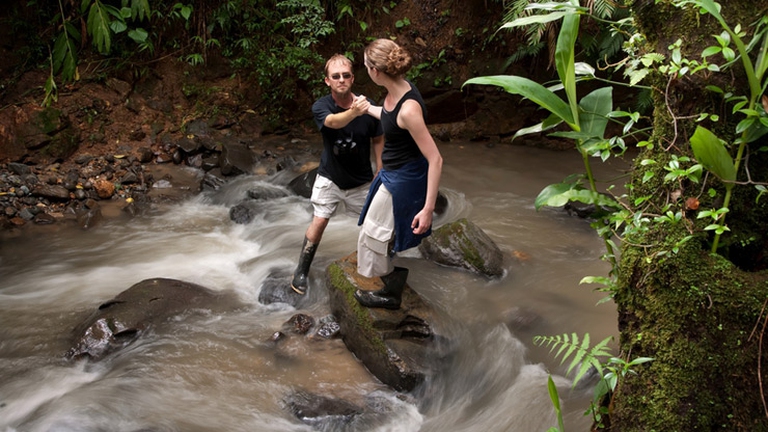
A group of experts in Tokyo suggested pouring radioactive water from Fukushima into the open sea. A marine biochemist explains the consequences of this absurd decision.
Costa Rica is setting more and more records. Renewable energy supplied almost all the energy produced in 2015 in the Central American country, while in 2016 solar power will prevail. For about two months in a row, to be more precise 76 days, the country hasn’t burnt any fossil fuels. The National Centre for Energy Control wrote in a public
Costa Rica is setting more and more records. Renewable energy supplied almost all the energy produced in 2015 in the Central American country, while in 2016 solar power will prevail. For about two months in a row, to be more precise 76 days, the country hasn’t burnt any fossil fuels. The National Centre for Energy Control wrote in a public notice that the country has generated 100% clean energy from 16 June to 2 September.
In August hydropower, one of the country’s most used sources, supplied 80 percent of all electricity production. Following there are geothermal, wind and solar energy. This year’s record will add to the record of 2015, when the small unarmed country has coped with its electricity demand exclusively with hydro, wind and geothermal power for as many as 299 days.
“We prepared to give to Costa Rica on 16 September the largest power project in Central America, which will bring 305.5 megawatts of firm and renewable for the benefit of all sectors of the country’s energy”, said Carlos Manuel Obregon, chief executive of the Costa Rican Institute of electricity (ICE).
Costa Rica in 2015 generated more energy from renewable sources than any other Latin American country, with 31 percent of the total energy production (34,000 GWh). Costa Rica’s goal is to become the first carbon neutral country in the American continent by 2021.
Siamo anche su WhatsApp. Segui il canale ufficiale LifeGate per restare aggiornata, aggiornato sulle ultime notizie e sulle nostre attività.
![]()
Quest'opera è distribuita con Licenza Creative Commons Attribuzione - Non commerciale - Non opere derivate 4.0 Internazionale.
A group of experts in Tokyo suggested pouring radioactive water from Fukushima into the open sea. A marine biochemist explains the consequences of this absurd decision.
A federal court in Washington, D.C. has struck down the Dakota Access Pipeline, following years of campaigning by the Standing Rock Sioux tribe.
The Scottish island of Eigg is self-sufficient for its energy needs, relying almost entirely on renewable sources, especially thanks to a coordinated community effort.
President Magufuli in unmovable in going ahead with the Stiegler’s Gorge dam despite conservationists’ warnings of the damage it will cause the Selous Game Reserve’s ecosystem and wildlife.
A large dam along the Luangwa River in Zambia would have posed a serious risk to local people and wildlife, leading hundreds of thousands to oppose it. A call to which the government responded by halting plans to build it.
The first one megawatt solar power plant in the Chernobyl exclusion zone has become operational. This is the first step in a renewable energy development project promoted by the Ukrainian government in the area.
A tanker exploded at a gas and petrol station in Nigeria’s Nasarawa state on the 10th of September, killing 35 people and leaving some burned beyond recognition; 3 citizens had several spine and brain injuries, 2 of them are still on Intesive Care Units. Fela Habila , a local singer, is now stable and out of danger but
The largest tidal power plant in the world will be built in the Larantuka Straits. It will serve 100,000 people and help overcome some of the challenges of energy provision in Indonesia.
Robben Island’s solar energy micro-grid project will produce almost one million kilowatt hours of electricity annually, significantly reducing the cost and impact of buying diesel.









